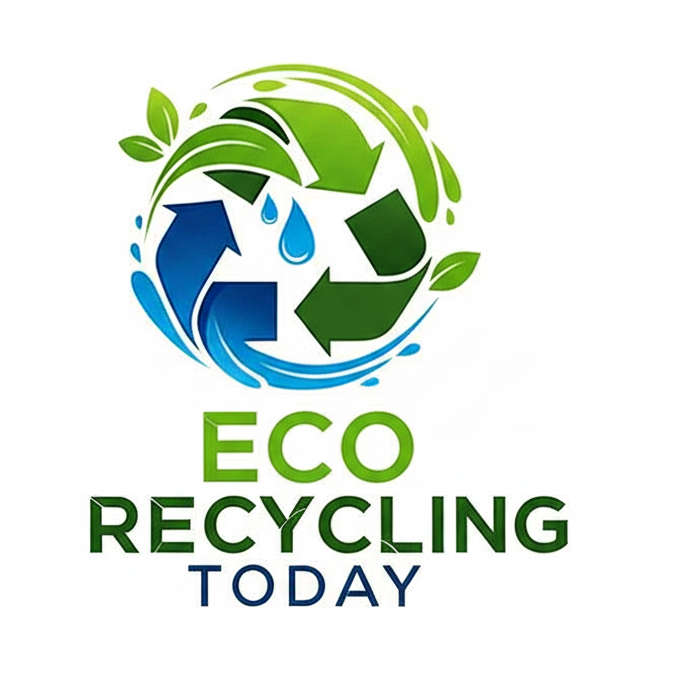Styrofoam, technically known as expanded polystyrene (EPS), is a common material used in packaging, food containers, and insulation. Despite its convenience, Styrofoam presents significant environmental challenges. Its lightweight structure makes it highly resistant to decomposition, resulting in long-lasting waste in landfills and environmental pollution. When addressing these concerns, one of the most pressing questions is the cost of recycling Styrofoam compared to simply disposing of it in a landfill. Let’s dive into the financial and environmental implications of both approaches.

The Cost of Landfill Disposal
Landfill disposal remains the most common end-of-life solution for Styrofoam. However, the associated costs go beyond just tipping fees.
-
Tipping Fees: Landfills charge tipping fees, which can vary depending on the region. In the United States, the average landfill tipping fee is approximately $55 per ton, but costs can exceed $100 per ton in urban areas.
-
Environmental Costs: Styrofoam takes hundreds of years to degrade, and as it breaks down, it releases microplastics into the environment. These microplastics can leach into water supplies, harming wildlife and ecosystems, which can lead to long-term cleanup costs.
-
Transportation Costs: Due to Styrofoam’s low density and bulky nature, it requires more space in transport vehicles, increasing the cost per ton of waste sent to landfills.
The Cost of Recycling Styrofoam
Recycling Styrofoam involves processes like compaction and melting to transform it into reusable materials. While this process can be more expensive upfront, it has long-term economic and environmental benefits.
-
Equipment Costs: Businesses or municipalities investing in Styrofoam recycling machines face an initial expense. Compacting machines range from $5,000 to $50,000, depending on their capacity and features.
-
Operational Costs: Recycling requires electricity, maintenance, and manpower. These operational costs vary but typically average between $0.10 and $0.20 per pound of Styrofoam processed.
-
Revenue from Recycled Material: Recycled Styrofoam can be sold to manufacturers who use it to create new products like picture frames, insulation materials, and more. The resale value often ranges from $300 to $600 per ton, offsetting some of the recycling costs.
-
Environmental Savings: Recycling Styrofoam reduces the volume of waste sent to landfills, cutting down on tipping and transportation costs. Additionally, it mitigates the environmental damage caused by microplastic pollution, potentially saving millions in future cleanup efforts.
Comparing the Costs: Recycling vs. Landfill
| Aspect | Landfill Disposal | Recycling |
|---|---|---|
| Direct Costs | $50–$100 per ton | $200–$600 per ton (including equipment amortization) |
| Environmental Impact | Long-term pollution and microplastics | Reduces pollution and conserves resources |
| Revenue Potential | None | $300–$600 per ton (from recycled material) |
| Long-term Financial Impact | Increasing landfill management costs | Potential savings from reduced landfill use |
Recycling is the Better Investment
While the upfront costs of Styrofoam recycling can be higher, the long-term benefits—both financial and environmental—make it a better investment. Recycling diverts Styrofoam from landfills, reducing the strain on waste management systems and minimizing pollution.
Moreover, advancements in recycling technology are making the process more cost-effective. As demand for sustainable practices grows, the market for recycled materials continues to expand, offering opportunities for businesses and municipalities to turn waste into a revenue stream.
The cost of recycling Styrofoam compared to landfill disposal is higher initially, but the benefits far outweigh the expenses over time. By choosing to recycle, businesses and communities not only contribute to a cleaner environment but also position themselves as leaders in sustainability. Investing in Styrofoam recycling today is an investment in a healthier planet for future generations.
